TFS Team Build 2010 does not automatically transform your Web.configs. You need to add a custom workflow activity to your build process template to accomplish this.
Edwald Hofman has a good blog that explains how to modify TFS 2010 Build Process Templates, so I won't go in depth on that here.
http://www.ewaldhofman.nl/post/2010/04/29/Customize-Team-Build-2010-e28093-Part-4-Create-your-own-activity.aspx
After you figure out how to add custom activities to your build process template, add the following activity into your workflow, I added the activity after "Drop FIles to Drop Location". It utilizes the Microsoft.Web.Publishing.Tasks assembly (located: C:\Program Files (x86)\MSBuild\Microsoft\VisualStudio\v10.0\Web) to perform the transformations:
/// <summary>
/// Transforms configuration files using TransformXml
/// </summary>
[BuildActivity(HostEnvironmentOption.All)]
public sealed class WebConfigTransform : CodeActivity
{
#region Public Properties
/// <summary>
/// The binaries folder
/// </summary>
[RequiredArgument]
public InArgument<string> BinariesLocation { get; set; }
#endregion
#region Overrides of CodeActivity
/// <summary>
/// When implemented in a derived class, performs the execution of the activity.
/// </summary>
/// <param name="context">The execution context under which the activity executes.</param>
protected override void Execute(CodeActivityContext context)
{
var binariesFolder = context.GetValue(BinariesLocation);
foreach (var sourceFolder in Directory.GetDirectories(Path.Combine(binariesFolder, "_PublishedWebsites")))
{
var sourceFile = Path.Combine(sourceFolder, "Web.config");
if (File.Exists(sourceFile))
{
var filesToTransform = Directory.GetFiles(sourceFolder, "Web.*.config");
foreach (var fileToTransform in filesToTransform)
{
var tempSourceFile = Path.GetTempFileName();
var tempTransformFile = Path.GetTempFileName();
File.Copy(sourceFile, tempSourceFile, true);
File.Copy(fileToTransform, tempTransformFile, true);
var transformation = new TransformXml
{
BuildEngine = new BuildEngineStub(),
Source = tempSourceFile,
Transform = tempTransformFile,
Destination = fileToTransform
};
transformation.Execute();
}
}
}
}
#endregion
}
You will need to pass it the droplocation in the work flow. When you add it the the work flow, right click on the activity, then go to properties, and paste "DropLocation" (VB Expression) into the property "BinaryLocation"
NOTE: You'll need to create a BuildEngineStub class that implements the IBuildEngine interface in order to use the MSBuild task. Here is what I used
public class BuildEngineStub : IBuildEngine
{
#region IBuildEngine Members
public bool BuildProjectFile(string projectFileName, string[] targetNames,
IDictionary globalProperties,
IDictionary targetOutputs)
{
throw new NotImplementedException();
}
public int ColumnNumberOfTaskNode
{
get { return 0; }
}
public bool ContinueOnError
{
get { return false; }
}
public int LineNumberOfTaskNode
{
get { return 0; }
}
public string ProjectFileOfTaskNode
{
get { return ""; }
}
public void LogCustomEvent(CustomBuildEventArgs e)
{
Console.WriteLine("Custom: {0}", e.Message);
}
public void LogErrorEvent(BuildErrorEventArgs e)
{
Console.WriteLine("Error: {0}", e.Message);
}
public void LogMessageEvent(BuildMessageEventArgs e)
{
Console.WriteLine("Message: {0}", e.Message);
}
public void LogWarningEvent(BuildWarningEventArgs e)
{
Console.WriteLine("Warning: {0}", e.Message);
}
#endregion
}

